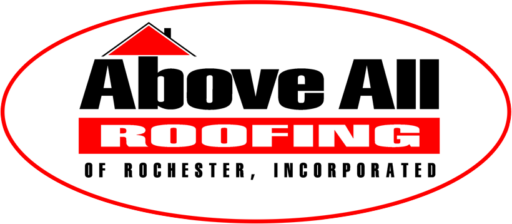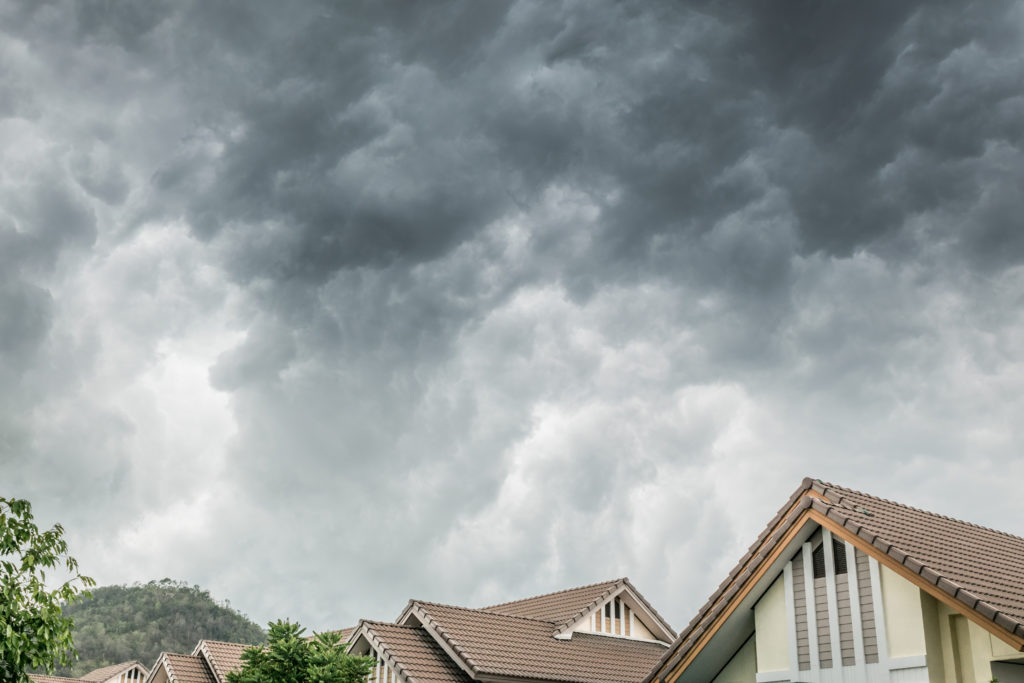Anyone who has lived in Minnesota knows that we endure several different types of seasons, storms, and weather conditions. We must be ready for anything – especially when it comes to your roof. Your roof is your home’s barricade from all natural elements, protecting you from rain, snow, and heat. A damaged roof can lead to leaks, mold, and mildew, even requiring a complete roof replacement if neglected for too long. Therefore, it’s crucial to prevent damage, as well as repair at the first sign of harm. From storms and tornadoes, to snow and ice, your roof endures a great deal of stress throughout the year from Mother Nature’s arsenal of weather events.
Rain & Thunderstorms
Any type of storm can wreak havoc and wear and tear on your roof, and Minnesota is known to have frequent rain and thunderstorms. Unfortunately, dated or damaged roofs are not completely waterproof, so these storms can often lead to shingles falling off, exposed underlayment, and clogged gutters. Worse yet, the occasional hail storm can cause dented gutters, bruised shingles, or loss of granules.
Wind & Tornadoes
Along with heavy rain and hail, storms bring strong winds. On occasion, these winds can be strong enough to damage your roof. The damage can be caused by the wind alone or from falling debris caused by the wind. Roofs are designed to withstand the typical wind loads of their location, but no roof is fully equipped to combat a tornado. Minnesota averages roughly 27 tornadoes per year. A typical tornado consists of winds traveling up to 200 miles per hour. The vacuum effect of a tornado can cause serious damage to your roof, such as leaks, cracks, gaps, and even loosen or tear shingles that will worsen overtime if they are not taken care of.
Snow & Ice
Minnesota is one of the snowiest states in the US. Even though we know snow ultimately melts or falls off your roof come spring, it’s important to know that some roofs are not strong enough to withstand the weight of a heavy snowstorm. Ice dams will more than likely form on your roof’s edges, preventing melting snow (water) from draining. The water can leak into your home, damaging your ceiling, walls, and insulation. You can prevent damage by removing the snow and ice from your roof following a storm, or hiring a professional to do it for you.
This list of potential damages to your roof might seem daunting, but no to worry – Above All Roofing is here for you. You can rely on us to get your roof through any weather condition.

